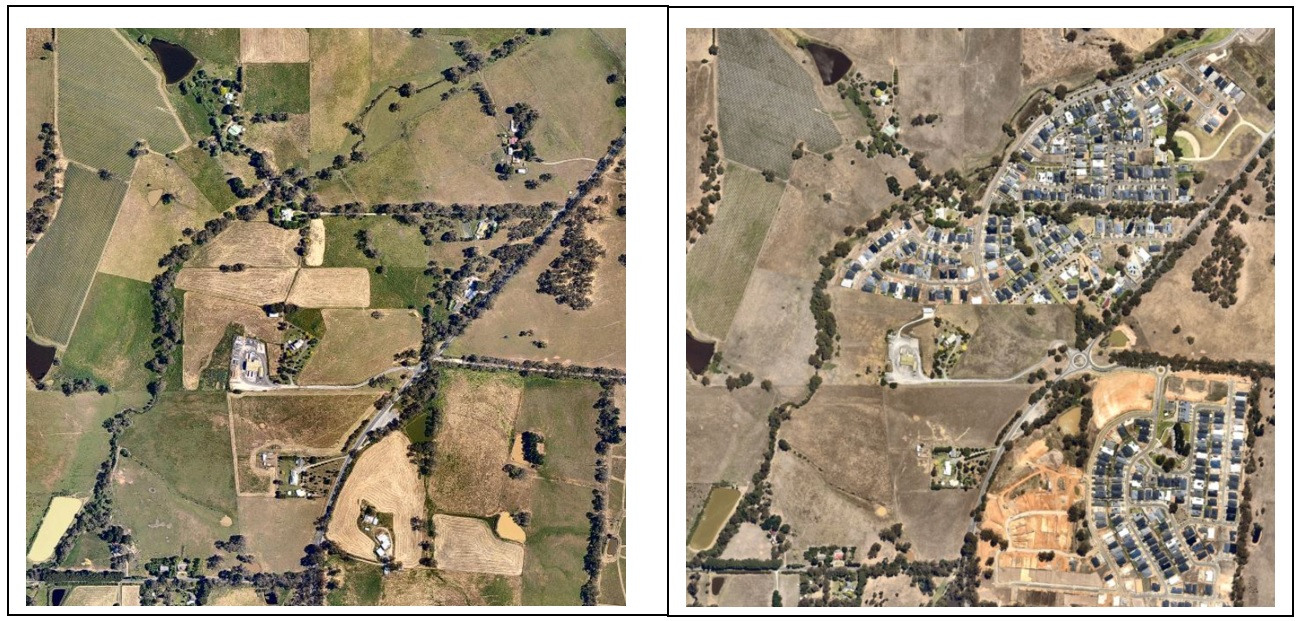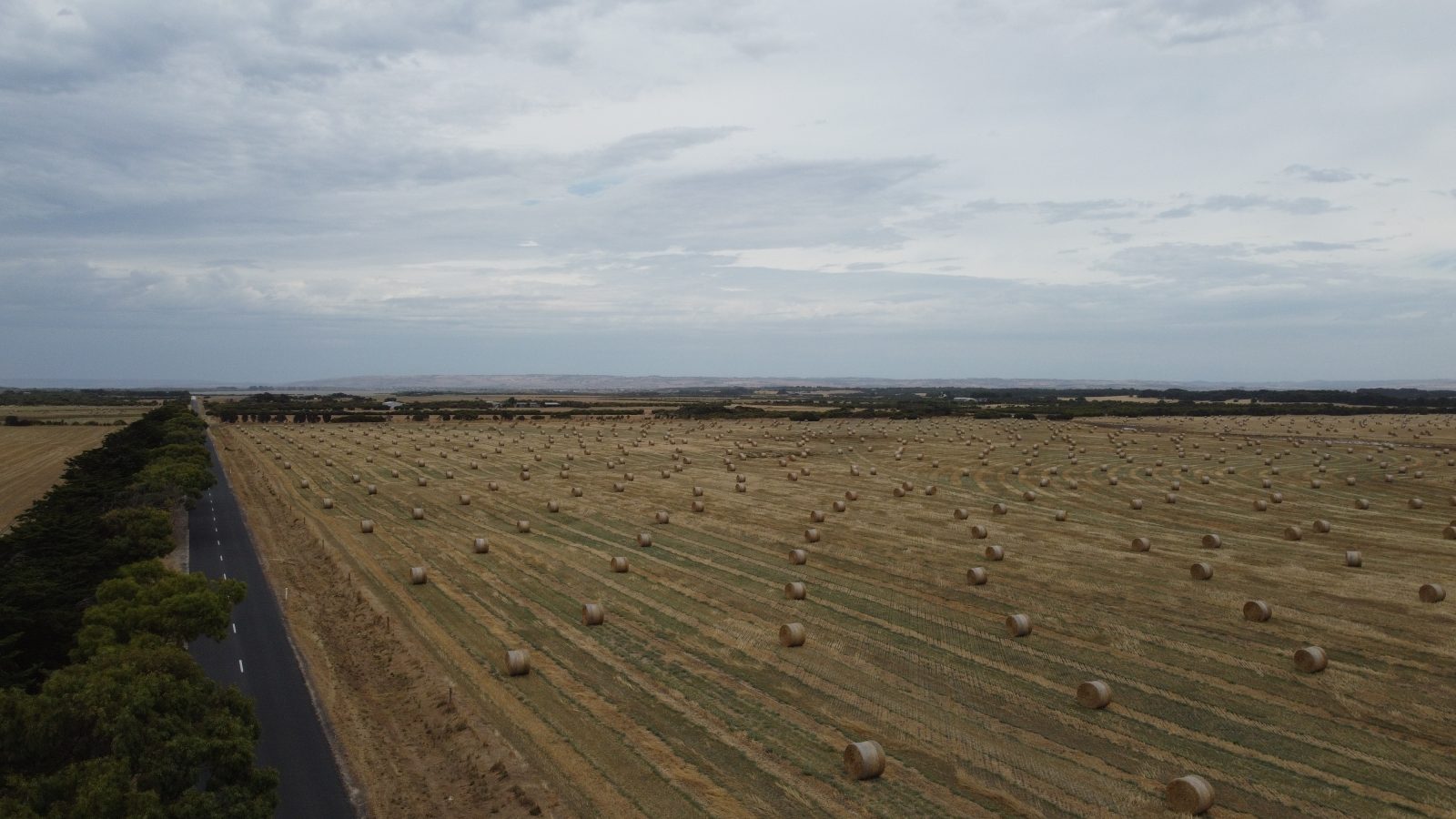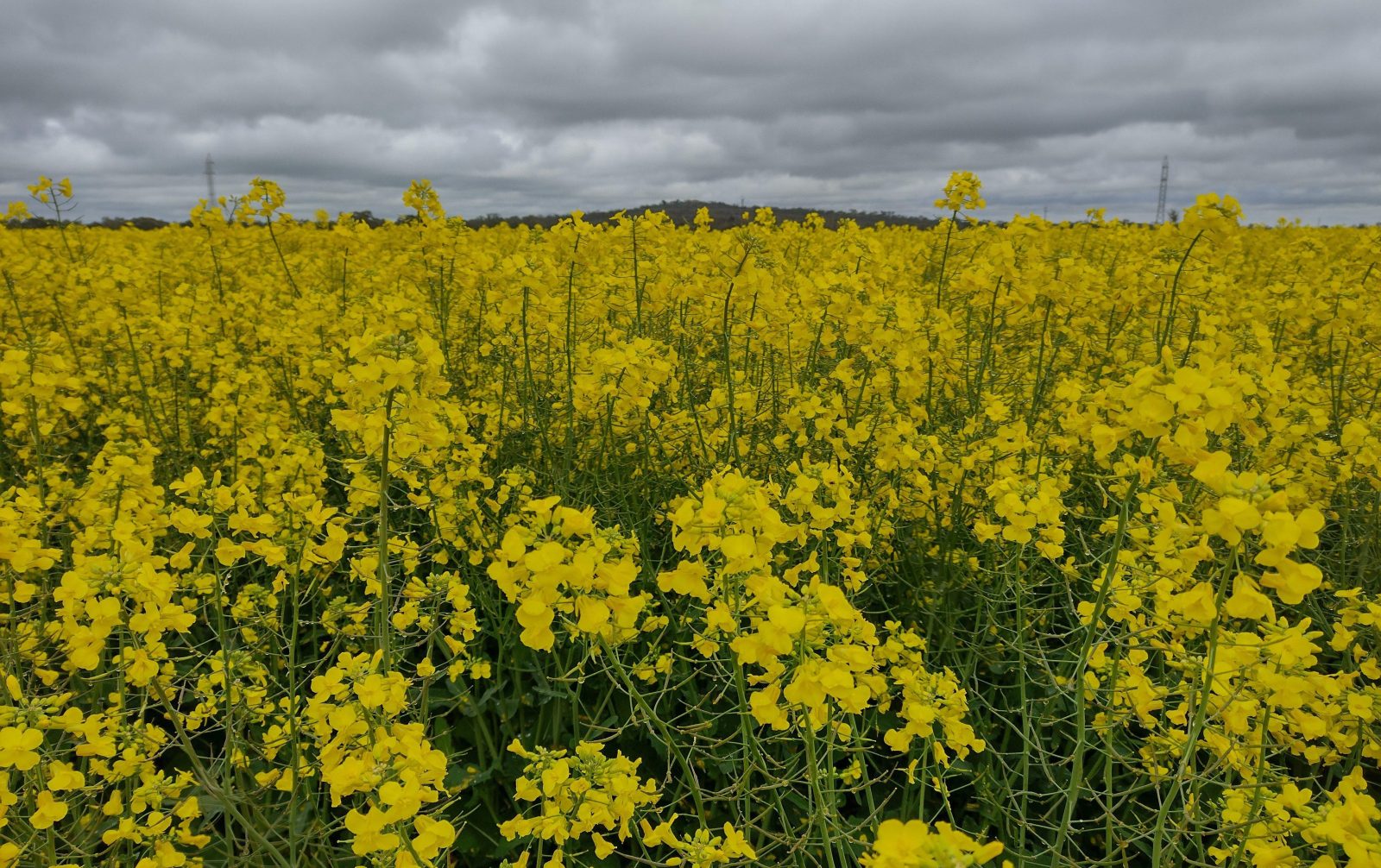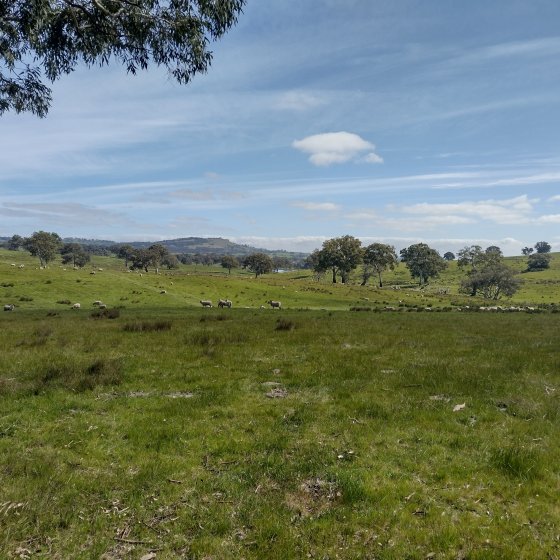- Home
- Environmental Themes
- Liveability
- Food and Fibre Security
Food and Fibre Security
South Australia supports a diverse range of primary industries that provide us with food, beverages, timber, textiles for clothing, shoes and other items. We rely on our primary industries for these products and to support our economy.
As the population grows, ensuring food security while minimising environmental harm becomes increasingly important. We need to protect our food production by:
- ensuring our industry has the capacity to be resilient to climate change
- sustainably farming and harvesting from our land and waters for the long term
- promoting sustainable agricultural practices, such as organic and regenerative farming, and practicing no-till farming to reduce soil erosion
- protecting our land and waters for the production of food
- reducing food waste to decrease our demand for food
- supporting local and regional food production to reduce costs and environmental impacts associated with long-distance transportation
- establishing residential or community fruit and vegetable gardens.
The biggest risks to primary production include climate change, biosecurity and urban development encroaching onto agricultural land.
We must also be mindful that primary production, in itself, does pose risks to the environment, including biodiversity, native vegetation, marine waters and emissions. This will be considered under the relevant themes of the SOER.

Protecting our Food Industry
This section provides examples of pressures that are, or may be, impacting our food resources, how we are responding to address these issues and what opportunities there are for environmental improvement. It should be noted that many of the pressures, impacts and responses are interlinked.
Pressures
- Climate change including increasing temperatures and decreasing rainfall.
- Population growth and urban sprawl.
- Pests and diseases.
Impacts
- Climate change may result in:
- impacts on livestock health due to increased temperatures or changes to feed and water availability
- flooding, disease or mildew, which can impact production
- sea temperature rises and ocean acidification potentially impacting our seafood industry
- a shift in marine species location and recruitment that may impact catch rates and quota allocations
- reduction in food production capacity that can impact market prices of products making it more expensive for the consumer and reducing profits for the producer.
- impacts on livestock health due to increased temperatures or changes to feed and water availability
- Expanding developments may impact land used for agriculture, particularly in peri-urban regions and townships that are experiencing rapid growth, for example, Mount Barker and Roseworthy.
- An expanding population will require more food, potentially increasing the footprint of land or sea required for food production.
- The health and production of crops, orchards and livestock can be impacted by introduced pests and diseases.
Responses
- My Climate View has been supported by the Australian Government via the Future Drought Fund in partnership with CSIRO and BoM to provide farmers with past, present and future information on climate for their region and industry sector.
- The CSIRO is undertaking trials and introducing the production of feed that is more drought tolerant.
- Establishment of the SA Drought Resilience Hub to help better prepare farms and communities in South Australia.
- Environment and Food Production Areas (EFPAs) were introduced to protect vital agricultural lands surrounding metropolitan Adelaide from urban encroachment. The EFPAs operate in a similar way to the Character Preservation Areas in the Barossa Valley and McLaren Vale.
- Planning that considers impacts of development on existing land use.
- Management of pest plants and animals, and diseases by:
- management of biosecurity by PIRSA, including terrestrial and aquatic animal and plant health, weeds and pest animals. PIRSA has reviewed its biosecurity legislation and is introducing the Biosecurity Bill 2023 to improve protection of our plants and animals from pests and diseases
- PIRSA's Invasive Species Unit and Landscape Boards supporting landholders in their programs to manage pest animals and prevent new ones establishing populations
- pest animals being declared under the Landscape South Australia Act 2019. There are also a number of policies for animals declared under this Act including deer, wild dogs, goats, mice, pigs, rabbits and new and emerging introduced animals.
- management of biosecurity by PIRSA, including terrestrial and aquatic animal and plant health, weeds and pest animals. PIRSA has reviewed its biosecurity legislation and is introducing the Biosecurity Bill 2023 to improve protection of our plants and animals from pests and diseases
Opportunities
- Supporting and expanding the establishment of community gardens for food production.
- Climate-ready agricultural programs being developed by different industries and regions.


Further Reading
- Climate change impacts and adaptation on Australian farms – National information presented by the Australian Bureau of Agricultural and Resource Economics and Sciences on current and future impacts of climate change.
- SA Drought Hub – information to help strengthen the drought resilience and preparedness of our farms and regional communities in South Australia.
- AgExcellence Alliance – Helping broadacre farmers adopt innovations and practice changes in response to pressures and to improve productivity.
